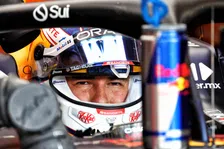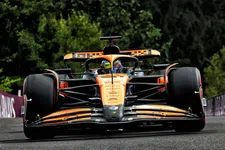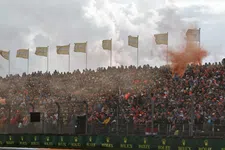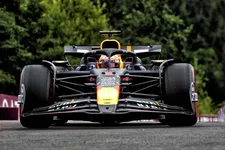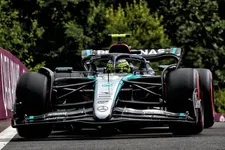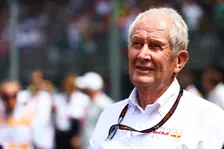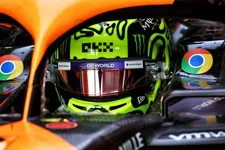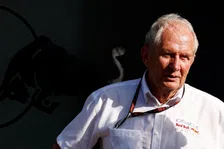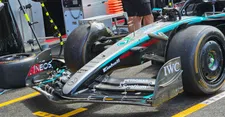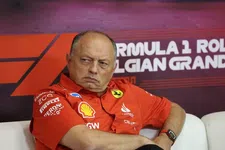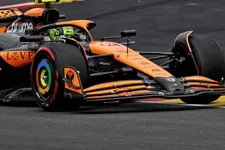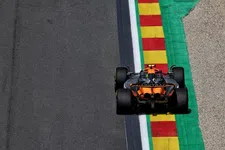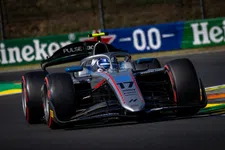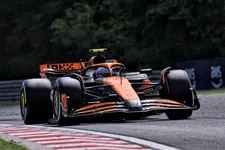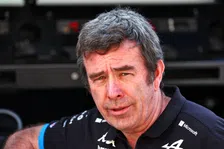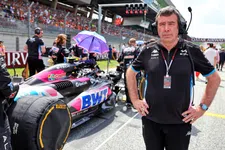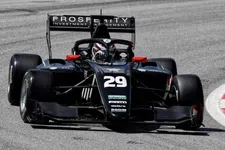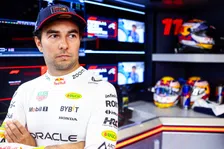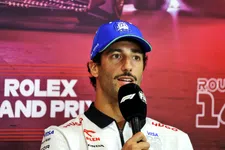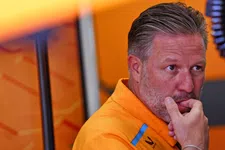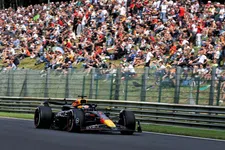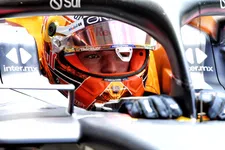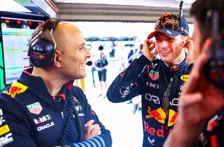The development paths neglected by every team in F1
Column
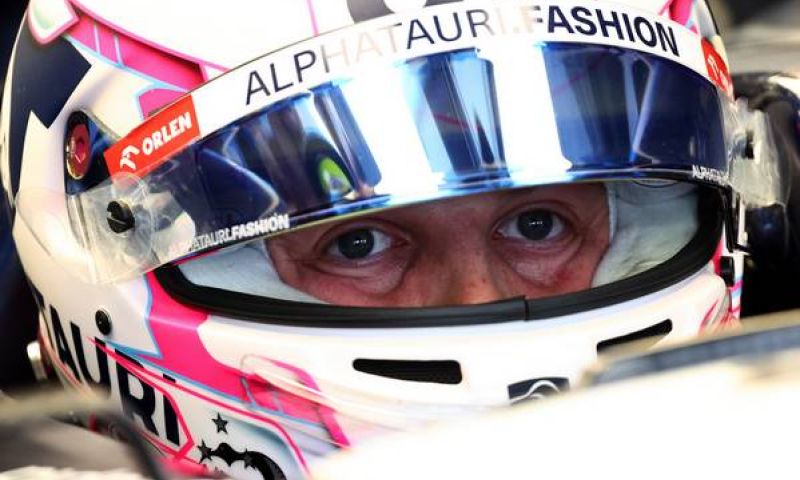
- Rishi Wig
The confirmation of Zhou Guanyu and Yuki Tsunoda's contract extensions at Alfa Romeo and AlphaTauri comes at the cost of promotion to a full-time race seat for Theo Pourchaire and Liam Lawson respectively. Both Pourchaire and Lawson are highly rated youngsters, with the latter even racing and impressing in F1, but still not getting a lucky break. What if there was a solution that would satisfy all of the teams and drivers in the picture, however?
History
For the longest time, a young driver's process to enter F1 has remained pretty constant. Race in karts at a young age, take a step up to race in national open-wheeler series, and then in international competitions. If you are lucky and have found a sponsor (or come from a wealthy background), then come the step up into FIA Formula 3 and Formula 2. However, especially in recent years, this tried and tested ladder seems to be failing drivers now.
With more wealth in F1 due to its modern commercial success, many teams have been able to train people and help them eventually grow into high-class racing drivers. However, F1, as we know, only has two drivers per team. With teams opting for proven success and experience, this can sometimes even leave the most successful of young drivers just sitting on their hands, biding their time, waiting for any opportunity to race in the top flight to present itself. This has only increased with the introduction of the budget cap, with teams well aware of the crash risk when it comes to rookies making the step up.
So, it’s either waiting on the sidelines or going for a successive season in F2 risking both loss of money (if they aren’t backed by a team) or loss of reputation if they underperform in such a highly monitored series.
Well, how about they ply their trade in an alternate racing series? Surely they could still stay waiting in the wings while also trying to compete for top accolades in different fields, right? There are plenty of racing series around the world which hold high levels of competition.
Currently
There are two factors working against this option.
One is the case of superlicence points. Prospective F1 drivers need to accumulate 40 points within three years of an application in order to achieve a seat. Tallying the points haul for drivers who finish in the top three of the driver’s standings, the racing series that earns the most points is F2 (120 points), followed by Indycar (90 points) and Formula 3 tied with Formula E (75 points). With the FIA unwilling to make significant changes based on assessments on competitive levels, the system to bring new talent remains rigid and unfavourable to those who choose the unbeaten tracks.
This ties into the second factor, which is perception. The world has come to a reasonable consensus that F1 is the very peak of motorsport. After all, it has the largest budgets, the best of circuits and the most talented of drivers. Does that mean that other competitions are that far off and inferior, however? One could easily argue that other series are actually far more competitive, with Formula E requiring all 11 teams to have the same chassis as well as the same energy levels to start races, resulting in drivers making far more of a difference. That generates far closer competition, with the champions at the end proving that they had the ability to compete toe-to-toe and come out on top.
However, there have been some slight trends for change in recent history, with Colton Herta of Indycar strongly linked with a vacant AlphaTauri seat, before Formula E World Champion Nyck De Vries was eventually chosen due to a kerfuffle relating to superlicence points and Herta’s tally thereof. Alas, De Vries did not perform to the expectations of Red Bull’s driver management hierarchy and was removed from his position after just 10 races.
Thus, with a restrictive Superlicence point earning system, as well as poor perception of alternate racing series, teams (and drivers to an extent) remain reluctant at the prospect of a temporary loan move out.
The benefits
There are immediate sporting benefits to the drivers, and only two examples are required to illustrate such.
Drivers racing in Formula E face immense cognitive demand. Drivers have to race on heavy cars with private car spec tyres around tight and dusty tracks while trying to preserve energy and race wheel to wheel. This generates a “sink-or-swim” environment, where many drivers prove that they are up to the high stakes. With higher neuroplasticity, the younger drivers can generate the necessary skills to learn tricks to manage such intense methods and apply them across different series.
In WEC, drivers have to face two challenges: stamina and communication. With long-running races (6, 8, 12 or 24 hours), drivers have to manage the low energy and rest of waiting in the pitlane, to then switch on for the high energy moments of the cockpit. The drivers also have to interface with the two other teammates piloting the car, as well as potentially three or six more other drivers piloting the sister cars under the same team. Picking up tips on how other drivers communicate and the best way to set up can provide great learning opportunities (especially with the Balance-of-Performance complexity), which is a transferable skill across many series.
With teams choosing to expand their brands into different series (Ferrari-WEC, McLaren-Formula E and a short stint of Red Bull-DTM), the teams actually have concrete options for where they can send their drivers. As such, the teams can still monitor their drivers closely, while also ensuring that the young driver remains synonymous with their brand.
There are also commercial benefits.
If a team also has a diminishing interest in having the prospect race in F1, they can look for a more permanent move away. Take, for example, both Antonio Fuoco and Antonio Giovinazzi. While they are no longer options for the F1 seats, their work in both the Ferrari Driver Academy and as reserves has earned them full-time race seats at the Ferrari WEC outfit.
If that option isn’t available, a possible loan move can be on the cards. If a rival team is deeply interested in that driver’s services, a payment package can be presented to the managing team, generating revenue to help cover the costs of sponsoring the youth driver through the junior academies. It could also help generate even more interest from rival teams within those other series, who could look to lure away that driver on better contracts or championship prospects, paying existing breakout clauses in the process.
The future
In an ideal future, we could see that youth prospects rise through the ranks of the junior single-seater racing series, and if things don’t work out perfectly, they can get loaned out to other racing series to prove their mettle.
This requires the FIA to undergo more thorough reviews and changes to the superlicence points system. If the system is to be a measure of how brilliant a driver is based on their success in far more competitive series, then yearly reviews must be undertaken to ensure that success is rewarded accordingly. A shift in perception for both the motorsport world and its fans must also be undertaken, to stop viewing these series as “inferior” or as “retirement competitions”, but as valid and authentic racing championships for the very best to learn and prove themselves.

